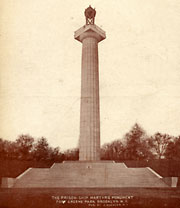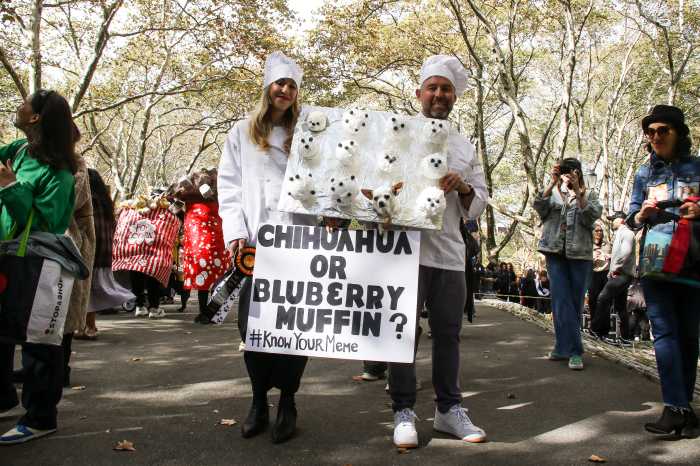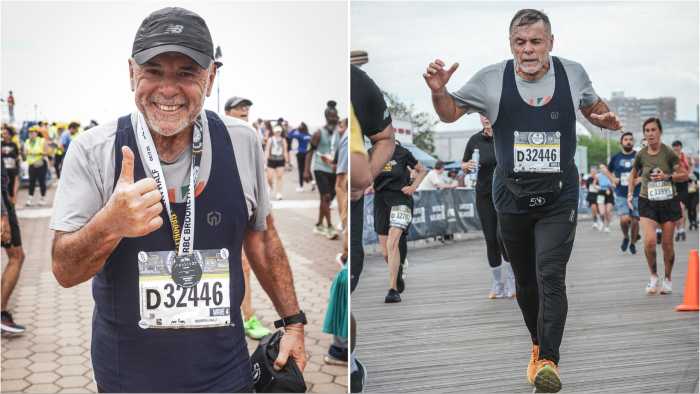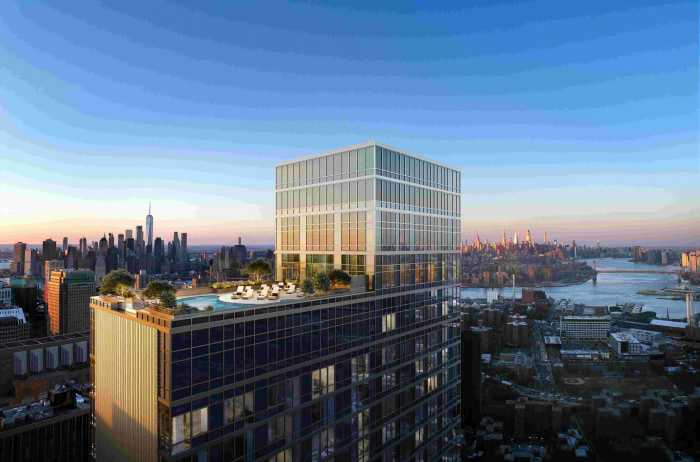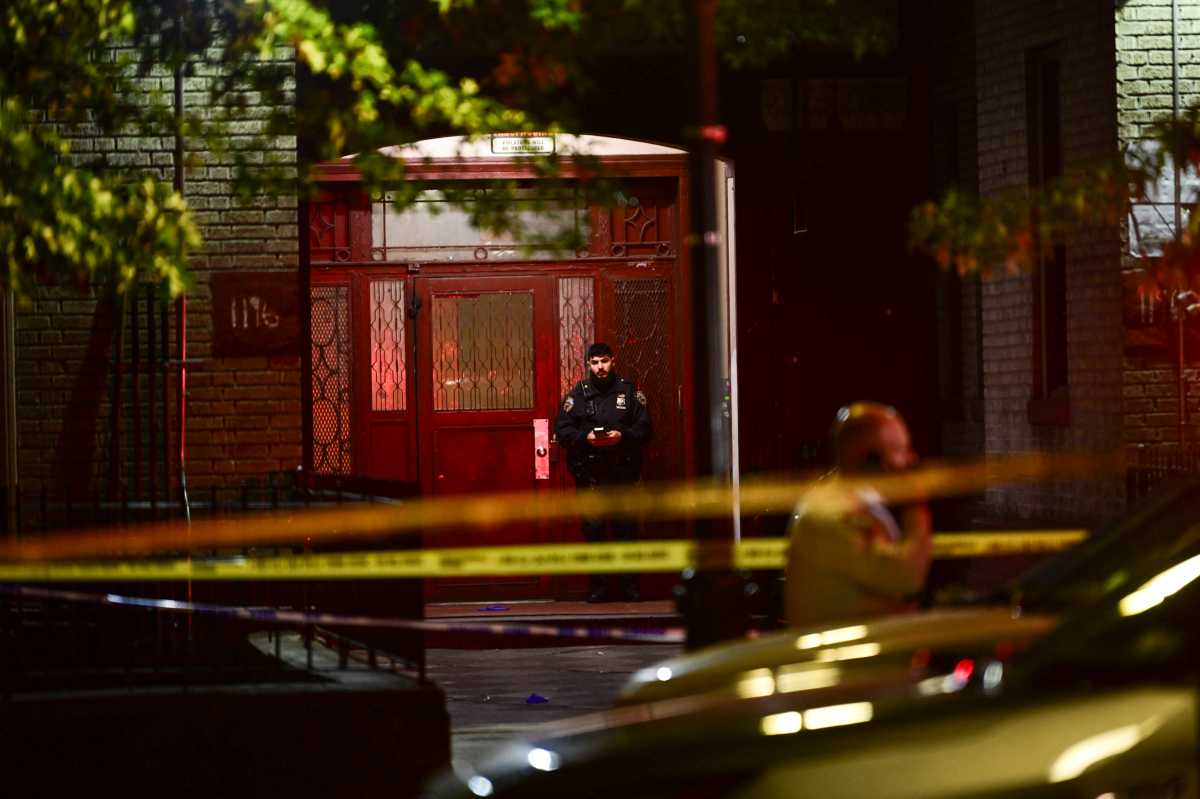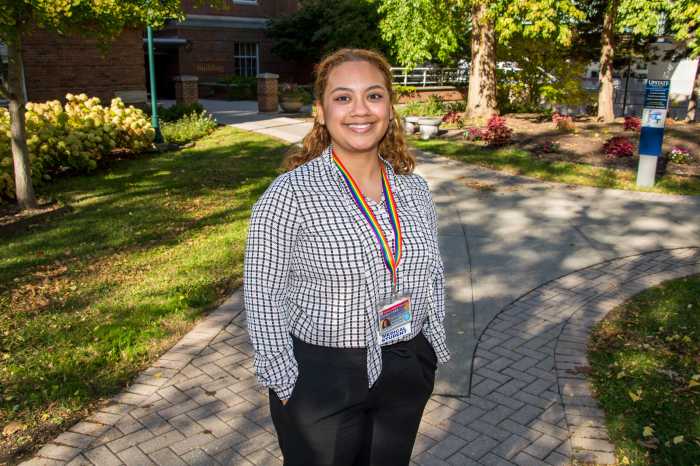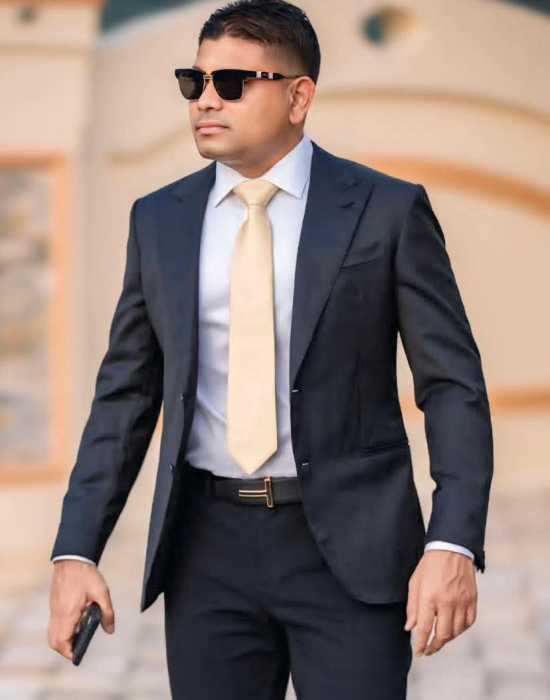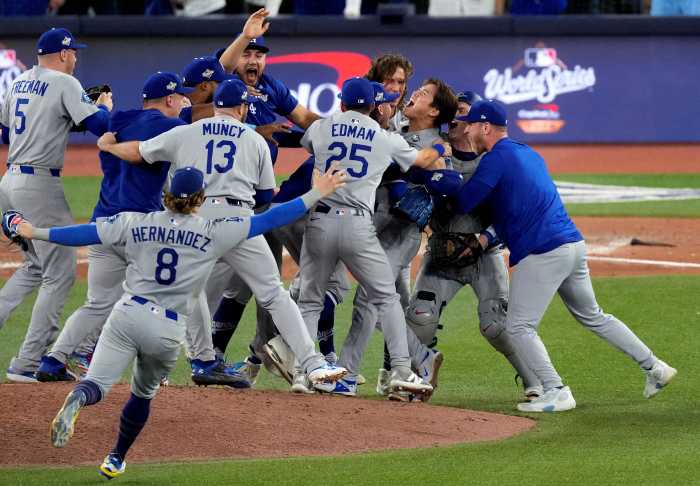One Pulitzer Prize-winning author has replaced another as the marquee name on the upcoming centennial for the Prison Ship Martyrs Memorial in Fort Greene Park.
Edwin Burrows, half of the team that wrote the mammoth “Gotham,” will give the keynote address at the celebration on Saturday, Nov. 15, and fills the slot which had been reserved for David McCullough, the literary lion who penned such popular histories as “1776” and “The Great Bridge.”
McCullough had been a natural for the speaking gig because he’s about as famous as a historian can get — and he has said the Doric pillar honoring the 11,600 American prisoners who died on British prison boats during the Revolutionary War is “one of the most sacred sites in America.”
(The Parks Department told The Brooklyn Paper that McCullough’s publicist did not respond to the department’s invitation. And, indeed, neither McCullough nor his publicist responded to phone calls from The Brooklyn Paper.)
But Burrows has street cred on the topic, too — maybe even more than McCullough.
In his latest work, “Forgotten Patriots,” he turns his attention to American prisoners of war from the fight for independence, which includes sections on the Battle of Brooklyn and the struggle to erect a lasting memorial for POWs who died aboard Tory prison ships in Wallabout Bay.
Yet the prison ships don’t strike a historical chord the way the Alamo, Pearl Harbor or Gettysburg do.
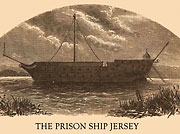
Burrows, also a professor at Brooklyn College, said the high mortality rate of POWs in abysmal conditions strengthened the resolve to fight the Redcoats.
“It was well known and it was tremendously important in helping Americans come to the conclusion that there was no possibility of reconciliation [with England],” Burrows told The Brooklyn Paper. “It convinced people that independence was right and necessary.”
The memory of their deaths ebbed and flowed over the years. In the 1840s, a young Walt Whitman editorialized in the pages of the long-defunct Brooklyn Daily Eagle for a proper memorial and resting place for the remains of the prisoners, but it was not until the turn of the 20th century that a combination of public and private money was garnered to build the Stanford White-designed column.
The 1908 ceremony was so important that rotund President-elect William Taft addressed a crowd of tens of thousands.
Fewer are expected next week — and neither of the presidential candidates is expected to make a post-Election Day victory appearance (GOP standardbearer John McCain has already turned organizers down, though the campaign of Barac Obama is still considering the invitation).
But future presidents or not, the event will include a truly monumental event: the re-lighting of the eternal flame atop the 15-story column (though, one wonders, why something billed as an “eternal flame” needs to be re-ignited at all).

There are lots of events scheduled to mark the centennial of the Prison Ships Martyrs Monument. For info about all events, call (718) 596-0899 or visit www.centennial2008.org.
Friday Nov. 14
• Fort Greene Park centennial reception. Museum of Contemporary African Diasporan Arts (80 Hanson Place between South Portland Avenue and South Elliott Place in Fort Greene). 5:30 pm.
Saturday Nov. 15
• Revolutionary War reenactment. Fort Greene Park (Enter park at the corner of Dekalb Avenue and Washington Place in Fort Greene). 10 am–3 pm.
• Community Day. Fort Greene Park. Noon–3:30 pm.
• Speeches by dignitaries, including keynote speaker Edwin Burrows. Fort Greene Park.


